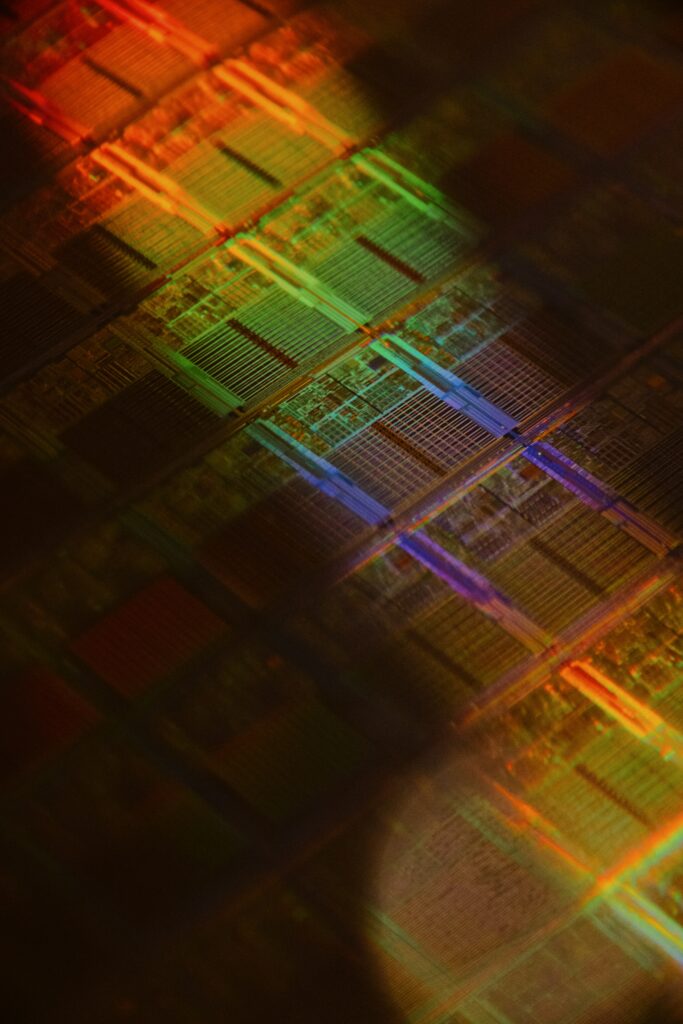The landscape of personal computing is undergoing its most significant transformation in decades with the emergence of **AI PCs**. No longer a distant concept, these intelligent machines are hitting the market, fundamentally altering user expectations and technological capabilities. Major industry players like Intel, Qualcomm, and AMD are at the forefront, integrating sophisticated Neural Processing Units (NPUs) directly into their latest processors. Intel’s Core Ultra (Meteor Lake) series, launched in December 2023, marked a pivotal moment, followed by Qualcomm’s powerful Snapdragon X Elite and AMD’s Ryzen AI processors. These developments signal a clear shift towards on-device AI processing, enabling a new generation of applications and user experiences that are faster, more secure, and less reliant on cloud infrastructure.
Powering Intelligence: The Role of NPUs
At the heart of the **AI PC** revolution are NPUs. Unlike traditional CPUs (Central Processing Units) that excel at general-purpose tasks or GPUs (Graphics Processing Units) optimized for parallel processing in graphics and some AI workloads, NPUs are specifically designed for the unique demands of artificial intelligence. They offer unparalleled efficiency for tasks like natural language processing, image recognition, and real-time AI effects. This specialization allows AI tasks to run with significantly lower power consumption and higher performance, freeing up the CPU and GPU for their primary functions. For instance, Qualcomm’s Snapdragon X Elite is touted to deliver best-in-class NPU performance, boasting up to 45 TOPS (Trillions of Operations Per Second), a metric indicating its raw AI processing power. This dedicated hardware accelerates everything from advanced video conferencing features to generative AI tasks running directly on your laptop, marking a profound leap in computing power and efficiency.
The market response to this technological shift has been overwhelmingly positive, with analysts predicting rapid adoption. According to IDC’s recent report, shipments of AI-enabled PCs are expected to grow significantly, potentially exceeding 150 million units by 2027. This data underscores the industry’s confidence in the long-term viability and transformative potential of AI integration at the hardware level. The research highlights not just the immediate benefits for users but also the broader implications for software development and ecosystem growth, as developers begin to leverage these new capabilities to create more intelligent and responsive applications.
Transformative Impact Across Industries and Daily Life
The impact of **AI PCs** will resonate across various aspects of our lives, from professional workflows to personal entertainment. In the realm of productivity, features like Microsoft’s Copilot, running locally, will offer instant assistance, summarization, and content generation without relying on constant internet connectivity. Creative professionals will find new tools for AI-driven photo and video editing, generating sophisticated effects and modifications in real-time. Security will also see enhancements, with on-device AI capable of detecting and responding to threats more quickly and intelligently. Furthermore, the energy efficiency of NPUs means longer battery life for laptops, making intelligent features accessible on the go. This deep integration of AI at the device level promises a more intuitive, personalized, and efficient computing experience for everyone. For more on how AI is shaping tools, read our insights on Generative AI Tools.
The Future Landscape: Expert Predictions and Challenges
Experts widely predict that **AI PCs** will become the standard, fundamentally changing how we interact with technology. Dr. Lisa Su, CEO of AMD, has often emphasized the importance of pervasive AI, stating that AI will become the defining technology of the next decade, with the PC playing a crucial role as an accessible platform. However, this revolution is not without its challenges. Developer adoption of NPU-specific programming interfaces, ensuring consistent performance across different hardware architectures, and addressing potential privacy concerns with local AI processing are all critical hurdles that need to be overcome. Battery life optimization, while improved by NPUs, will still be a key focus as AI workloads become more complex.
Looking ahead, we can anticipate even deeper integration of AI. Future **AI PCs** might feature advanced multimodal AI capabilities, seamlessly blending voice, vision, and contextual understanding to anticipate user needs. Edge AI, where processing occurs entirely on the device without cloud intervention, will become more prevalent, opening doors for innovative applications in health monitoring, smart homes, and autonomous systems. The evolution of **AI PC** hardware will likely drive advancements in new form factors, moving beyond traditional laptops and desktops to create entirely new categories of intelligent devices. This continuous innovation ensures that the journey of AI in personal computing is just beginning, promising a future where our devices are not just tools, but intelligent companions.

